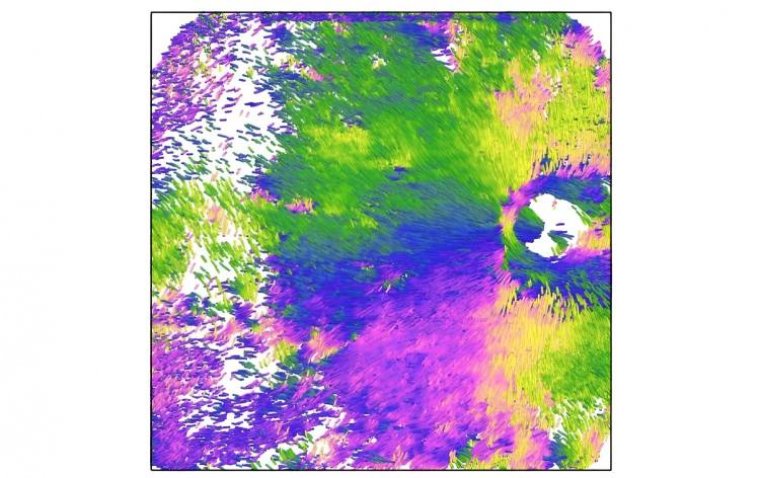
Study Reveals Link Between Climate Change and Eye Conditions
A groundbreaking study from the University of Colorado Anschutz Medical Campus has identified a significant association between air pollution caused by climate change and an increase in ocular surface conditions. Clinical visits for these conditions more than doubled during periods of high ambient particulate matter (PM) in the atmosphere, suggesting a link between environmental changes and eye health.
Key Findings of the Study
The research, published in the journal Clinical Ophthalmology, is among the first to explore the impact of climate change on ocular health. It highlights the connection between air pollution and an increase in outpatient visits for ocular surface irritation and allergy-related issues.
The Role of Particulate Matter
Researchers analyzed particulate matter (PM) concentrations measuring 10 micrometers or less (PM10) and 2.5 micrometers or less (PM2.5) in diameter in the Denver Metropolitan area. Key findings include:
• Data Analysis: A total of 144,313 visits for ocular surface irritation and allergies were recorded during the study.
• Visit Rate Increases: Daily clinic visits were 2.2 times higher than average when PM10 concentrations reached 110.
• Most Affected Condition: Conjunctivitis emerged as the second most common condition, accounting for one-third of all visits.
Climate Change and Ocular Health
Dr. Jennifer Patnaik, the study's lead author and assistant professor of epidemiology and ophthalmology at the University of Colorado School of Medicine, emphasized the global importance of this research:
“The World Health Organization has declared climate change the single biggest health threat facing humanity. Yet, studies on the impact of climate change-related air pollution on ocular health remain limited.”
The research underscores that environmental factors such as temperature, humidity, and air pollution contribute significantly to the rising prevalence of ocular allergic conjunctivitis.
Broader Health Implications
Dr. Patnaik also noted the wide-ranging health risks associated with air pollution, which include:
• Respiratory and cardiovascular issues
• Infectious diseases
• Weather-related illnesses
• Chronic conditions like dementia
The Need for Further Research
Dr. Katherine James, director of the Climate & Human Health program at the Colorado School of Public Health and study co-author, emphasized the importance of cross-disciplinary research:
“This study highlights the systemic health impacts of climate stressors, including air quality, wildfires, temperature, and drought. More research is essential to fully understand these connections.”
Next Steps in Understanding Environmental Impacts
Dr. Malik Kahook, senior author and professor of ophthalmology, outlined the study’s future goals:
“These findings open the door to a deeper understanding of how environmental factors affect eye health. Our next steps include investigating the effects of other air pollutants, expanding research beyond Colorado, and identifying preventive strategies to protect vulnerable populations.”
Toward Preventive Solutions
The researchers aim to develop new treatment protocols and prevention strategies to address the growing impact of environmental factors on ocular health. Co-author Amy Dye-Robinson, from the Department of Biostatistics & Informatics at CU Anschutz, contributed to these efforts, which pave the way for improved clinical outcomes in areas heavily affected by pollution.
This pioneering study underscores the urgent need to address the health impacts of climate change, particularly on vulnerable systems like the eyes.
Resource:
Jennifer Patnaik et al, Association Between Particulate Matter Pollutants and Ophthalmology Visits for Ocular Surface Irritation and Allergy, Clinical Ophthalmology (2024). DOI: 10.2147/OPTH.S485199
(1).jpg)










